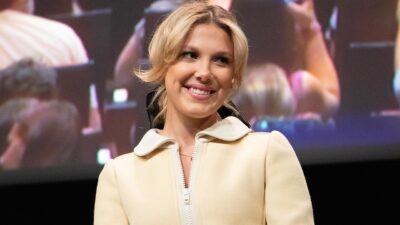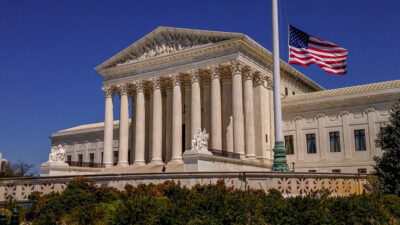“Bleach” was an anime that captivated millions of fans around the globe. For a moment in time during the mid-aughts, it found itself among other titans such as “Naruto,” and “One Piece.”
It focused on Ichigo Kurosaki, an average high school student who happened to possess psychic powers, after he unknowingly absorbed Rukia’s supernatural abilities from her role as Soul Reaper. With his newfound power came responsibility; Ichigo had to protect earth, alongside Rukia and the spirit realm (or so called ‘Soul Society’) against any pending danger or foes that lingered near.
“Bleach” first emerged in “Shonen Jump,” where it was initially a manga. Soon after, the series gained enough traction to be adapted into an anime that ran from 2004 to 2012 and concluded with chapter 479 of the original manga. Unfortunately, there is no adaptation for its final arc yet; however, you can still watch all 366 episodes on Crunchyroll or Hulu while waiting for 2021.
However, with 366 episodes to watch and understand, it can be difficult for casual viewers who are preparing for the upcoming series. Though some may enjoy Bleach’s filler arcs; episodes that have no bearing on the manga’s original plotline. If you want a more direct narrative experience based off of the source material, chances are there will be several Bleach filler episodes that you’ll need to skip over.
A Total of 164 Bleach Filler Episodes are There
In a thorough analysis of the “Bleach” anime, YouTuber Hensama discovered that 164 out of its 366 episodes were strictly filler material—not based on manga’s plotline. He mapped every arc to the corresponding chapters in the manga series.
If you only want to focus on the manga plot, here are the episodes that you can skip: 33, 50, 64-109, 128-137, 147-149, 168-189, 204-205, 213-214, 228-229, 230-266, 287, 298-299, 303-305, 311-341, and 355.
Bleach has some episodes that serve as one-off fillers, which, according to Hensama, “range from a recap, to a film festival, to a holiday special, to a side story about Ichigo and a magic lamp.” For instance, episode 228 is a beach episode, a beloved classic according to TV Tropes. Who could possibly be angry with that? Nevertheless, some of these episodes are entire filler arcs; an example being the New Captain Shusuke Amagai arc which has no basis in the manga and deters from the essential Arrancar storyline. Right at the end of this vital plot comes multiple filler episodes centered around a supposed conspiracy within Soul Society.
The anime series “Bleach” ran into a common conundrum for those that run concurrently with their parent manga: having the plot of the anime overtake its source material. This was also experienced in other famed titles such as “Dragon Ball,” “Sailor Moon,” and even HBO’s acclaimed drama, “Game of Thrones.”
Have a Quick Look at “Bleach’s” Plot
Not your average high schooler, Ichigo Kurosaki can see ghosts since he was a child. His life is thrown upside down when one day an oppressive and malevolent apparition called Hollow threatens him and his siblings. The eerie spirit hungers for their souls – leaving the young teen no choice but to confront it head-on.
Just in the nick of time, Ichigo and his siblings receive assistance from a Shinigami called Kuchiki Rukia. Her job is to channel Pluses (good spirits) into Soul Society, as well as purifying Hollows before transferring them up to Soul Society. Unfortunately, during her battle with the Hollow she suffers an injury and instead bestows her powers on Ichigo. This newfound power sparks Kurosaki Ichigo’s training journey where he must bear the responsibility of maintaining balance between both worlds of living and dead.




